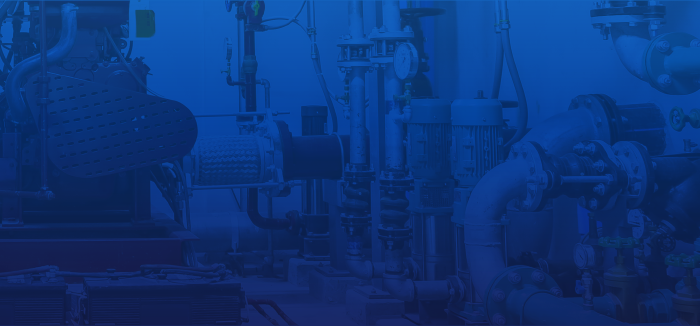
Legionella bacteria are small creatures that receive a lot of attention. Despite the relative rarity of cases in the United States, its potential to cause Legionnaires disease (AKA Pontiac Fever) positions it as a potential problem worthy of special attention. In 2015, ASHRAE released Standard 188 to direct efforts to minimize the potential of all sources of Legionella bacteria growth. Since then, it has continued to update it. This standard, produced by volunteers, addresses how all involved parties need to work together, communicate, and document how a facility will deal with this acknowledged health hazard.
There are several environmental elements that cause legionella bacteria to multiply, but two of the biggest are temperature and stagnation. Potable water systems typically operate in these two vulnerable areas.
Proper and thorough recirculation of a system is already employed to allow quick access to heated potable water and in some jurisdictions is required. For a system to have the proper impact at all points, a multiple-branch piping arrangement must be used. Balancing between the paths becomes an issue.
One option employed is the use of a manual balance valve. While inexpensive, the method requires significant adjustment and technical skill to achieve proper system operation. Most systems are not adjusted properly allowing overflow through some circuits while others can go stagnant.
The newest option is an automatic temperature regulating valve such as the B&G Temp Setter. This automatic valve modulates to an adjustable temperature to ensure sufficient flow through a particular path. Not overflowing circuits keeps flow from being ‘stolen’ from other parts in the system. The temperature is easily set on the top of the valve and can be done prior to the potable water being put into service, which usually eliminates the need for a return adjustment. B&G Temp Setter valves continuously allows a trickle of flow, so the water does not stagnate in the pipe.
The valve comes in three configurations; No Bypass, Manual Bypass, and Electronic Bypass. The bypass overrides the temperature regulating function and would be employed in systems that are regularly circulated with high temperature water to disinfect the potable water system.
Valves such as the B&G Temp Setter are a great addition to domestic hot water systems. Their ease of installation and commissioning aid in combating these little bacteria that get a lot of attention.


